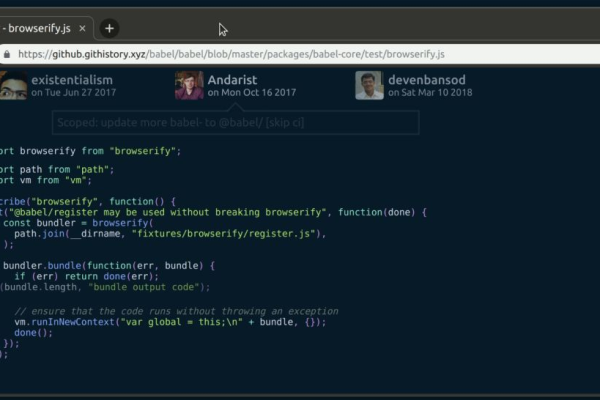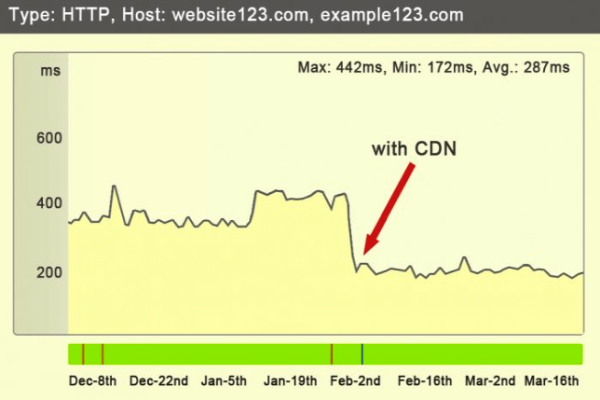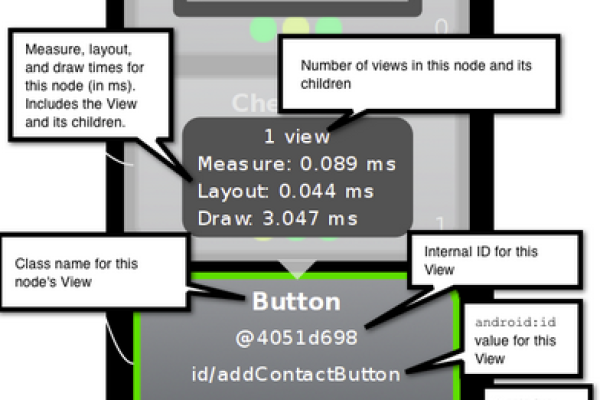如何利用防抖动技术优化JavaScript性能?
- 行业动态
- 2024-11-06
- 5
防抖动(Debounce)是一种编程技术,用于限制函数的执行频率,在处理用户输入、窗口调整大小等事件时,防抖动非常有用,因为它可以减少不必要的函数调用,从而提高性能和用户体验。
## 什么是防抖动?
防抖动的基本思想是:当某个操作频繁触发时,只在最后一次触发后的一段时间内不再触发该操作,在用户输入搜索关键词时,我们不希望每次按键都立即发送请求,而是希望用户停止输入一段时间后再发送请求。
## 实现防抖动的JavaScript代码
下面是一个简单的防抖动函数的实现:
“`javascript
function debounce(func, wait) {
let timeout;
return function() {
const context = this;
const args = arguments;
clearTimeout(timeout);
timeout = setTimeout(() => func.apply(context, args), wait);
};
“`
### 参数说明
`func`: 需要防抖处理的函数。
`wait`: 等待的时间间隔(毫秒)。
### 使用示例
假设我们有一个搜索框,每次用户输入时都会触发一个搜索请求:
“`html
“`
在这个例子中,每当用户在搜索框中输入内容时,`debouncedSearch` 函数会被调用,由于使用了防抖动技术,只有在用户停止输入300毫秒后才会真正调用 `search` 函数,这避免了每次输入都触发搜索请求,提高了性能。
## 应用场景
1. **搜索框**:如上例所示,防止用户每次输入都触发搜索请求。
2. **窗口调整大小**:在窗口大小变化时,避免频繁地重新计算布局或重新渲染。
3. **滚动事件**:在用户滚动页面时,避免频繁地触发某些操作。
4. **表单验证**:在用户输入表单时,避免频繁地验证输入内容。
## 高级用法
有时候我们需要更复杂的防抖动功能,比如支持立即执行(leading edge)和尾随执行(trailing edge)两种模式,下面是一个支持这两种模式的防抖动函数:
“`javascript
function debounce(func, wait, immediate) {
let timeout;
return function() {
const context = this;
const args = arguments;
const later = function() {
timeout = null;
if (!immediate) func.apply(context, args);
};
const callNow = immediate && !timeout;
clearTimeout(timeout);
timeout = setTimeout(later, wait);
if (callNow) func.apply(context, args);
};
“`
### 参数说明
`func`: 需要防抖处理的函数。
`wait`: 等待的时间间隔(毫秒)。
`immediate`: 是否立即执行,如果为 `true`,则在第一次调用时立即执行 `func`,然后在 `wait` 时间内不再执行;如果为 `false`,则在 `wait` 时间结束后才执行 `func`。
### 使用示例
“`html
“`
在这个例子中,当用户点击按钮时,`debouncedSubmit` 函数会被调用,由于设置了 `immediate` 为 `true`,所以第一次点击会立即执行 `submit` 函数,而在 `500` 毫秒内的后续点击都不会再次执行 `submit` 函数。
## 归纳
防抖动是一种非常有用的技术,可以显著提高应用程序的性能和用户体验,通过合理地使用防抖动,我们可以减少不必要的函数调用,从而优化资源利用,无论是简单的输入防抖还是复杂的事件处理,防抖动都能发挥重要作用。
各位小伙伴们,我刚刚为大家分享了有关“防抖动js”的知识,希望对你们有所帮助。如果您还有其他相关问题需要解决,欢迎随时提出哦!












